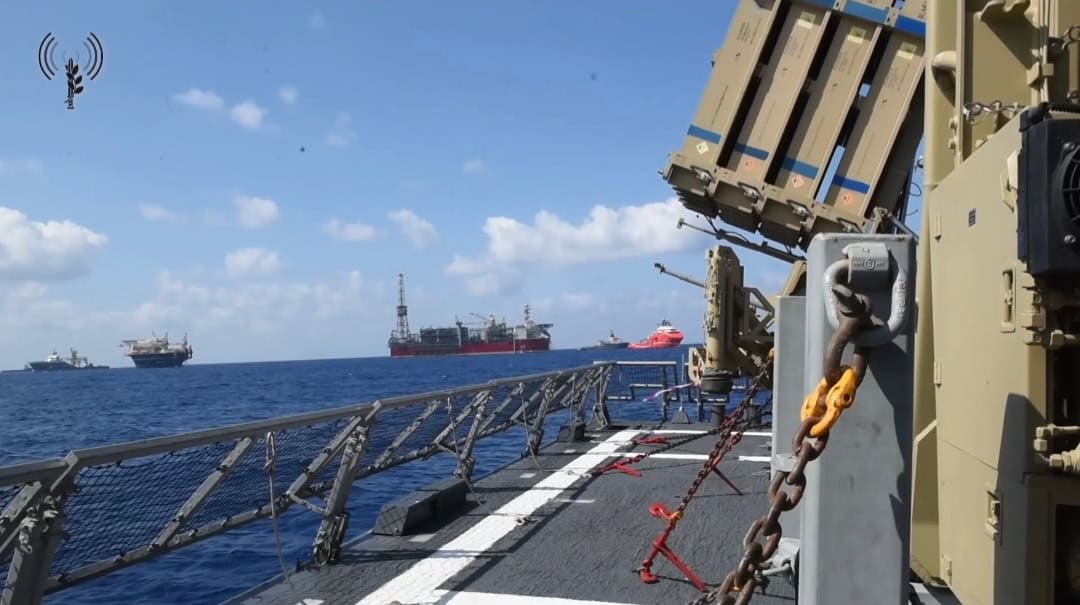
Hezbollah Drones Shot Down by IDF Near Disputed Gas Field
On Saturday, Hezbollah claimed responsibility for launching three drones towards the disputed Karish gas field.

On Saturday, Hezbollah claimed responsibility for launching three drones towards the disputed Karish gas field.
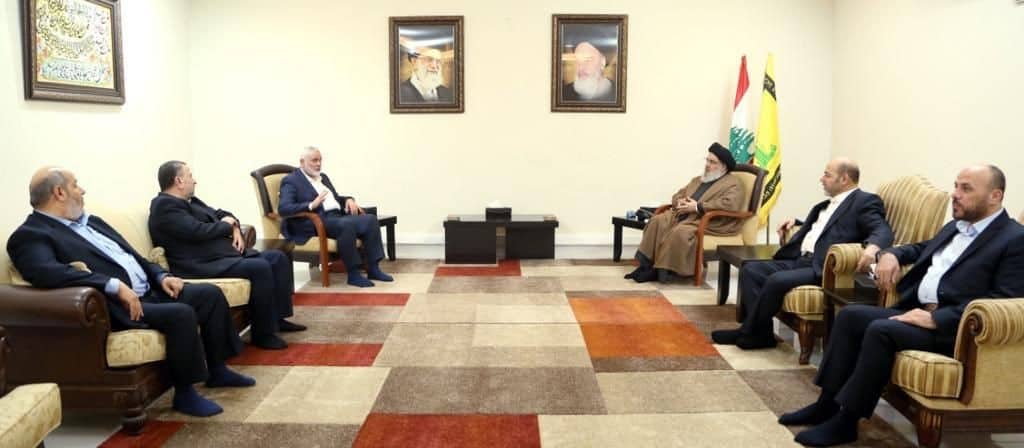
Ismail Haniyeh and other Hamas officials met with Hezbollah chief Hassan Nasrallah to discuss strengthening ties between the two Iran-backed militant organizations.
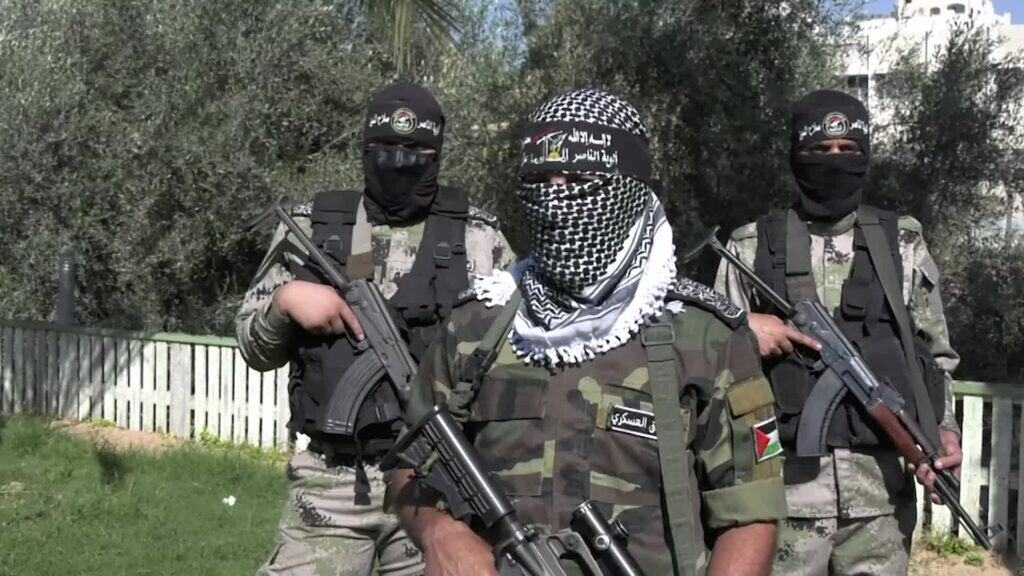
Al-Nasser Salah al-Din Brigades’ spokesperson talks about the support the group receives from Iran, Hezbollah and the IRGC.

Clashes in Beirut on Thursday led to the deaths of three members of Hezbollah.
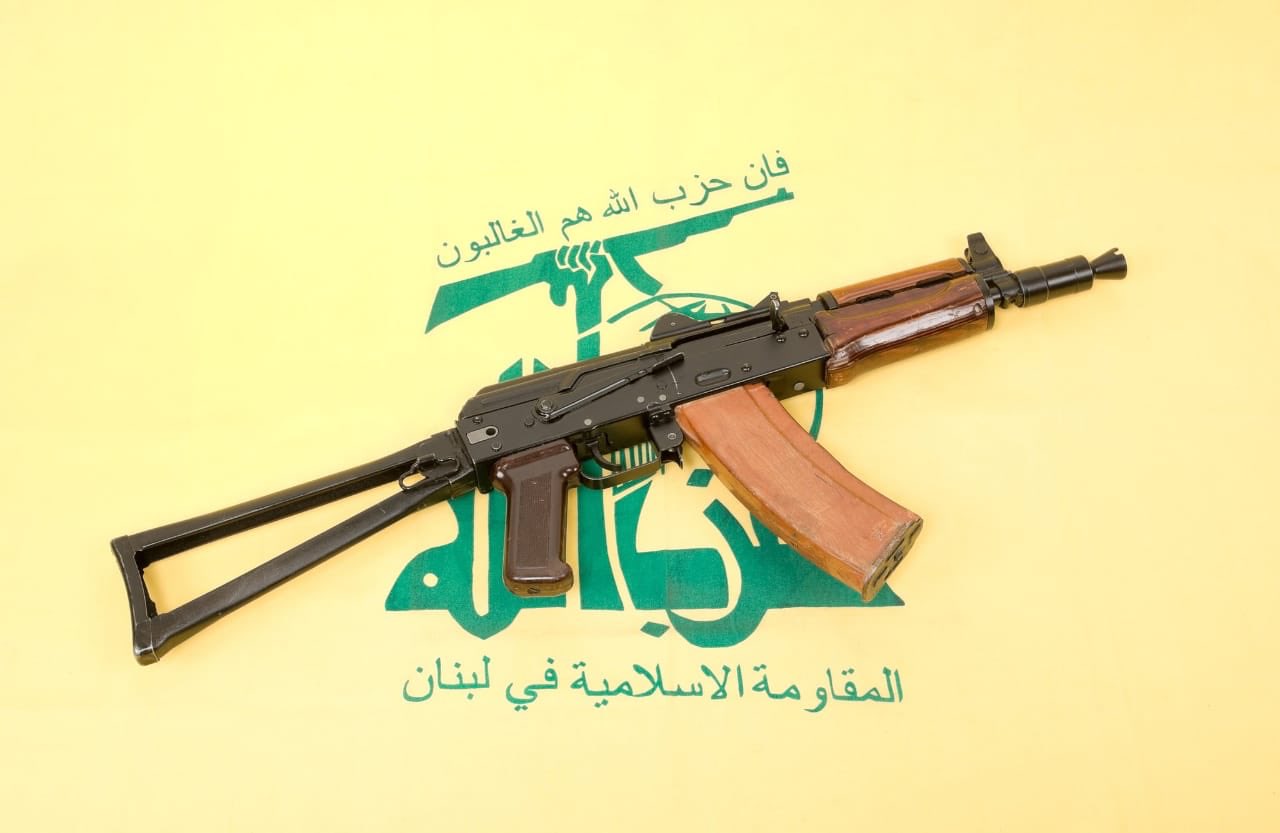
Israel finds itself in an escalation with Hezbollah after a string of rocket attacks from southern Lebanon.
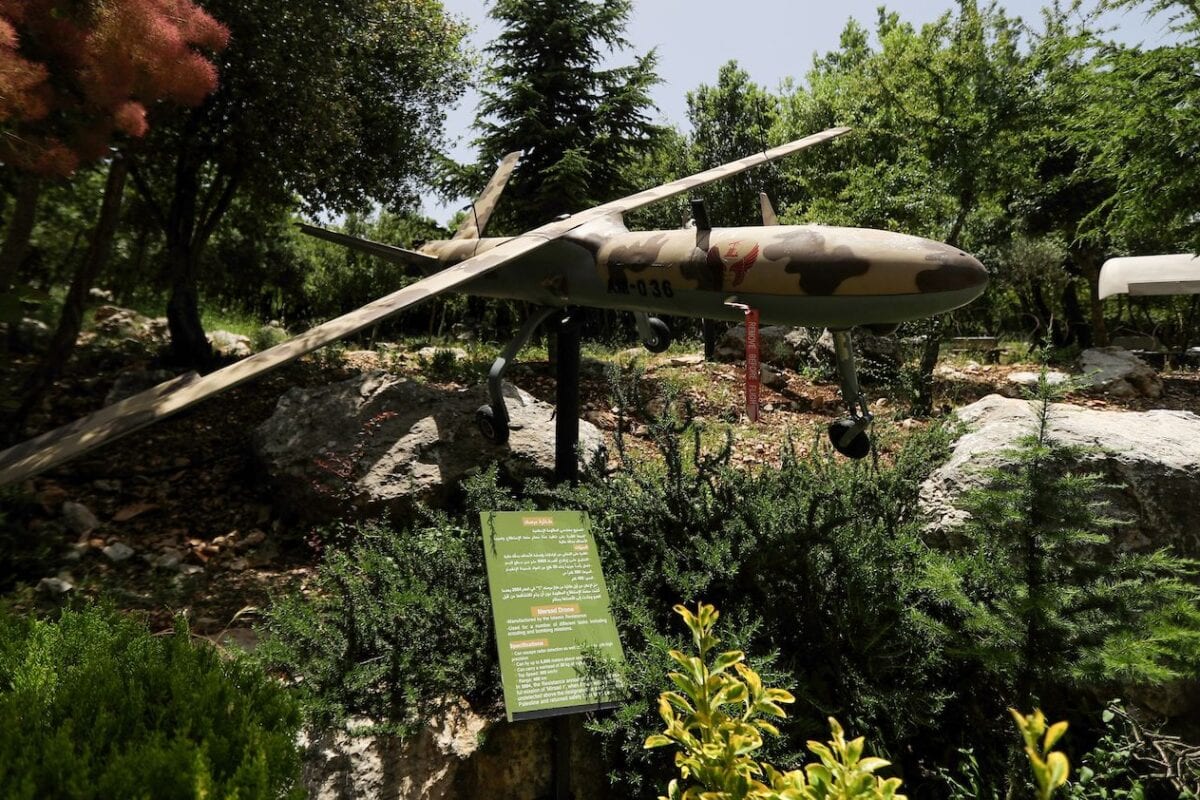
The IDF’s downing of two Hezbollah drones suggests it continues its attempts to probe Israeli airspace to gather information on activity in Israel.
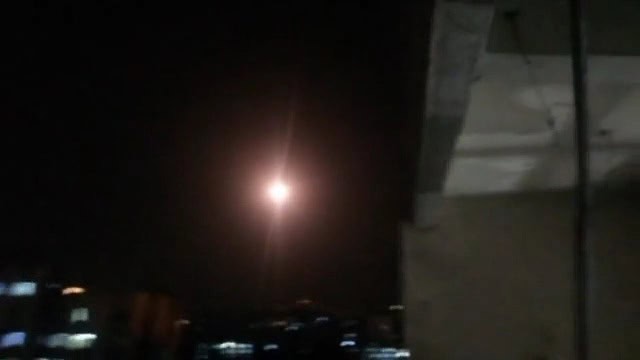
Israel continues its ‘war between the wars’ campaign as it attempts to thwart Iran’s proxy network in Syria and abroad.

Israel continues its campaign of revealing Hezbollah military sites embedded within Lebanon’s civilian population.
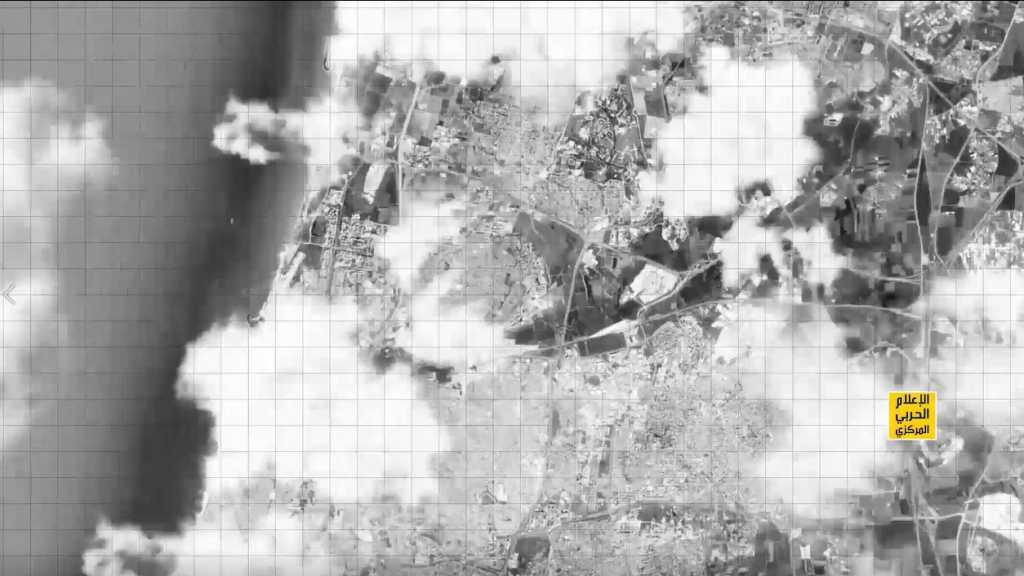
Recent publications by Hezbollah have failed to get the message across to its intended audience which suggests the effectiveness of some of the group’s propaganda is waning.
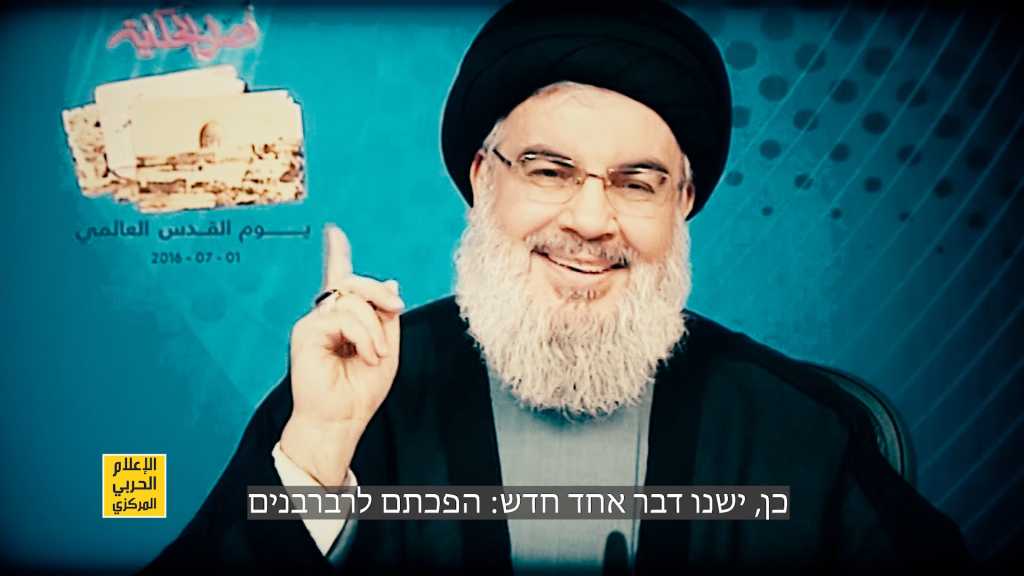
Hassan Nasrallah chastised Israel in a recent publication by the Shiite proxy group after recent warnings by the IDF about the group’s activities in Lebanon.

IDF chief of staff readies efforts to attack Iranian nuclear sites and issues warning against Iranian proxy groups using urban areas to conceal its weapons.
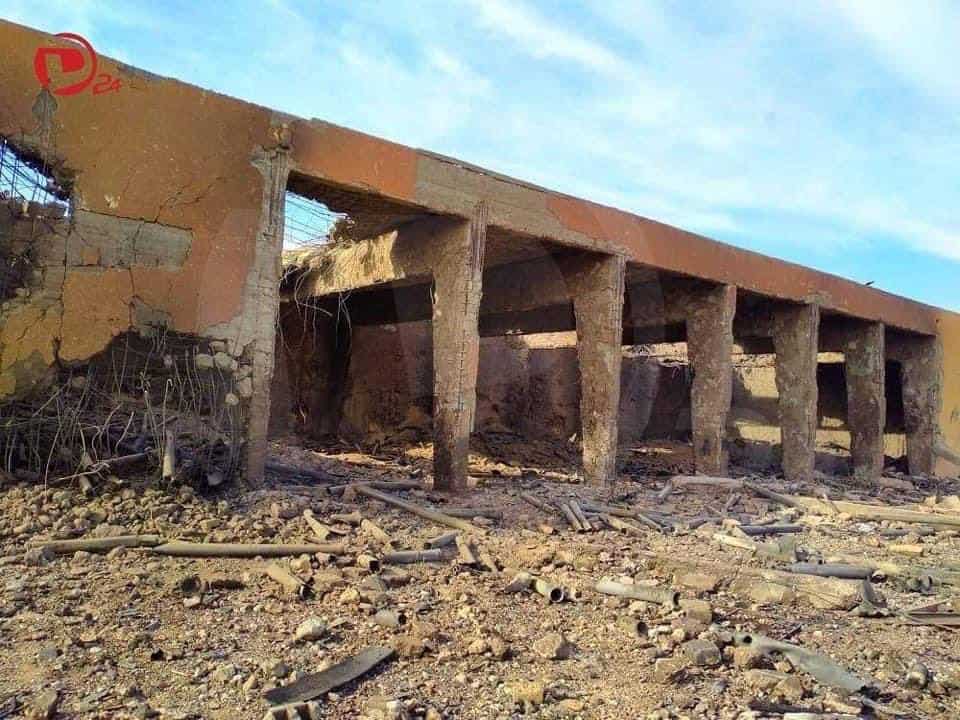
Joint U.S. and Israeli military cooperation led to airstrikes targeting Iranian sites and that of its proxy groups in eastern Syria Wednesday morning.
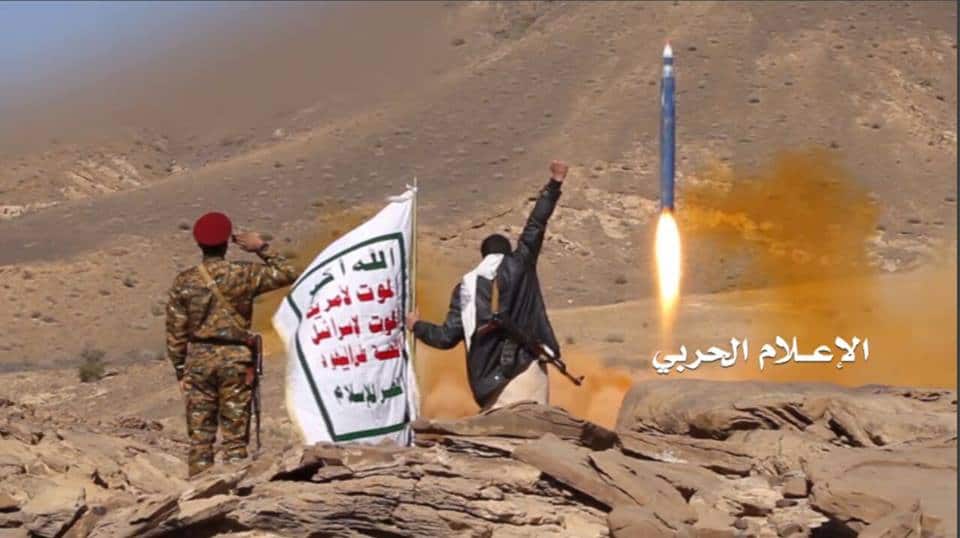
Additionally, the U.S. State Department will also designate three of the Houthis’ top leaders as global terrorists.
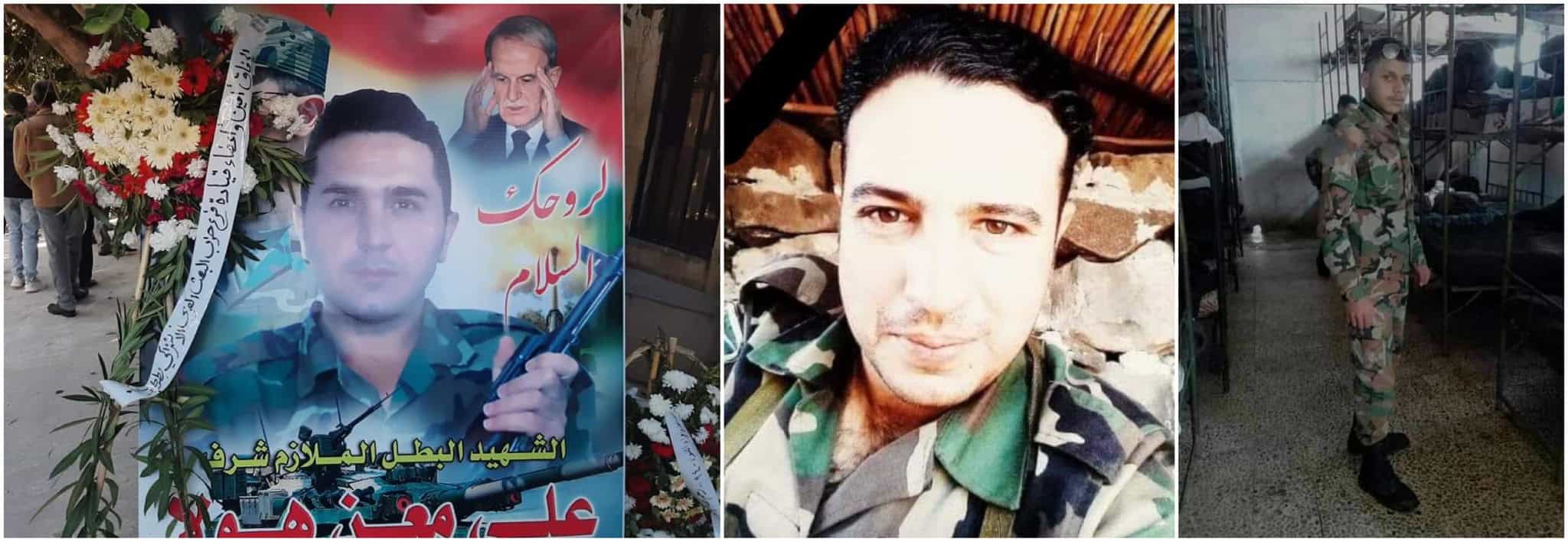
In Israel’s attempts to thwart the establishment of Iranian-led proxies in southern Syria, it has also targeted Syrian troops in recent weeks.
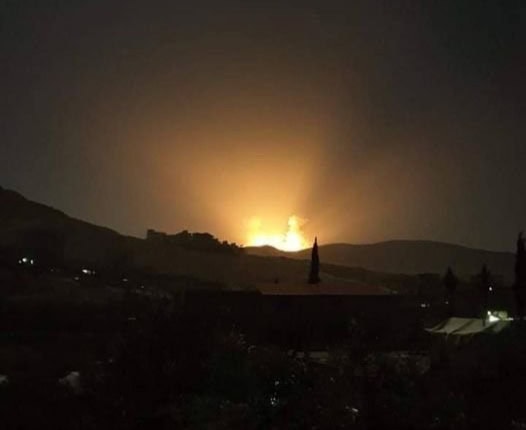
For the second time in less than a week, Israel launched airstrikes against Iranian-affiliated military targets in Syria.
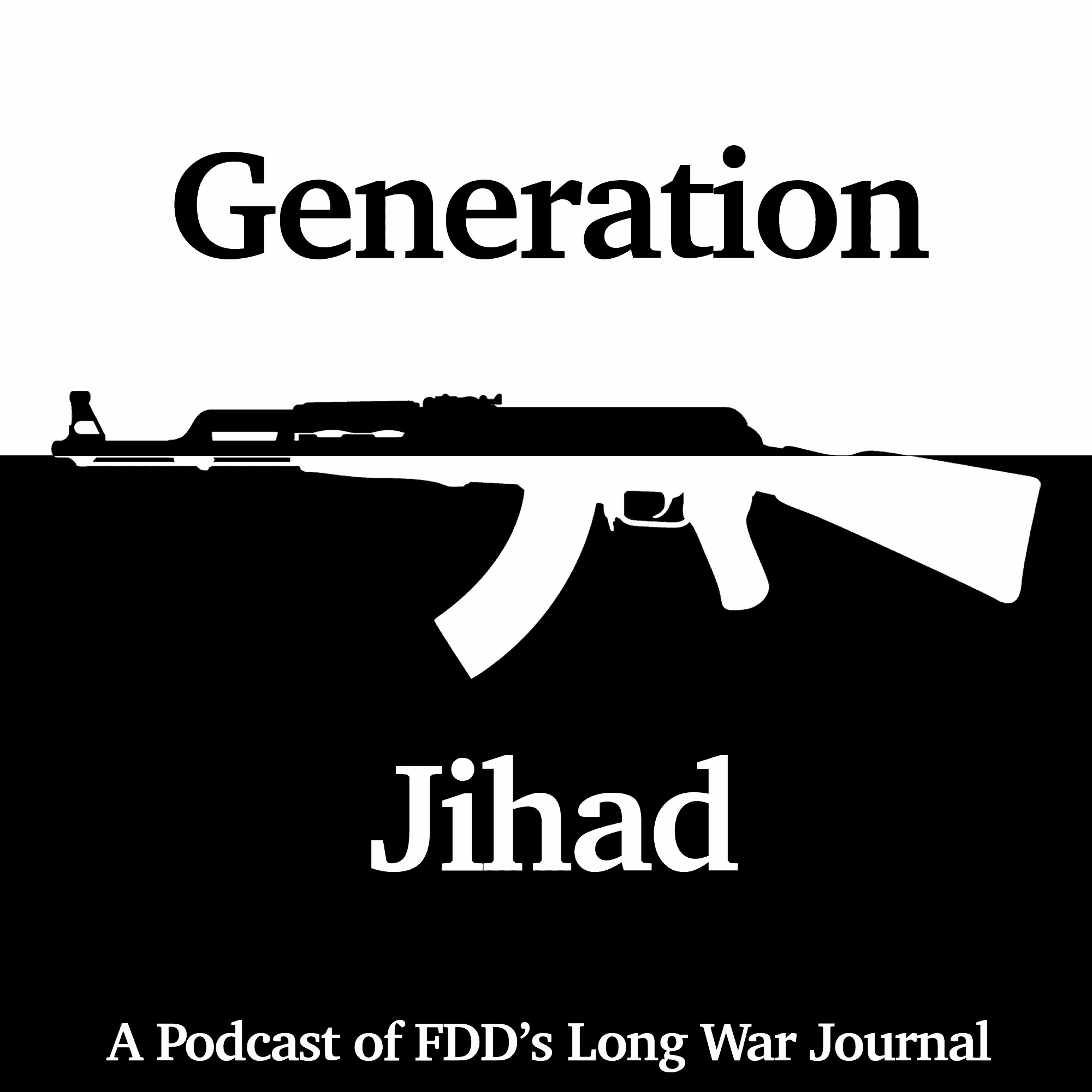
FDD senior fellow Emanuele Ottolenghi joins hosts Tom Joscelyn and Bill Roggio to discuss the history of Iran’s and Hezbollah’s illicit activities across Central and South America, including the trafficking of “black cocaine.”
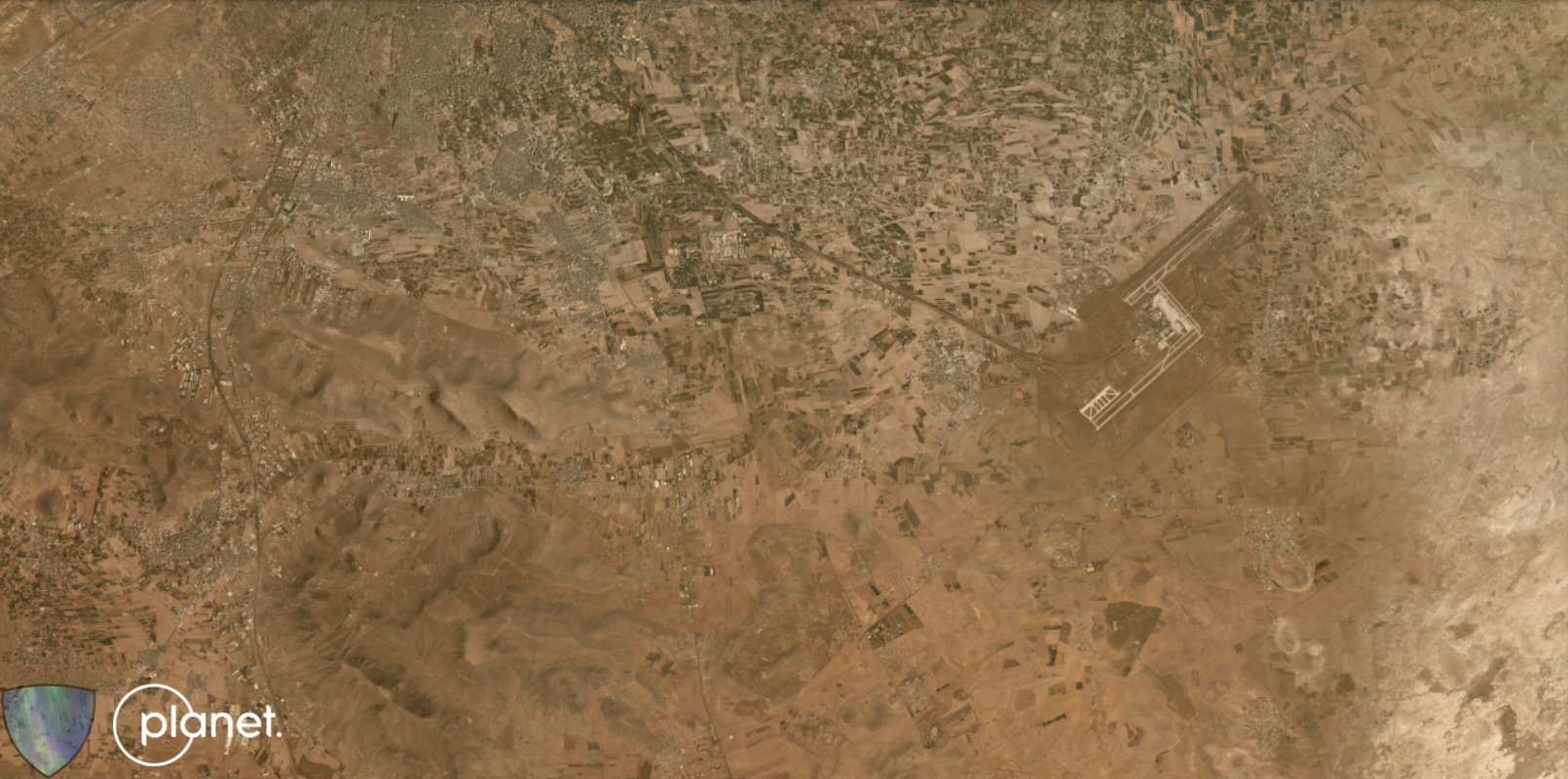
Recent airstrikes in southern Syria indicate Israel’s attempt to thwart Hezbollah activity near the Golan border.
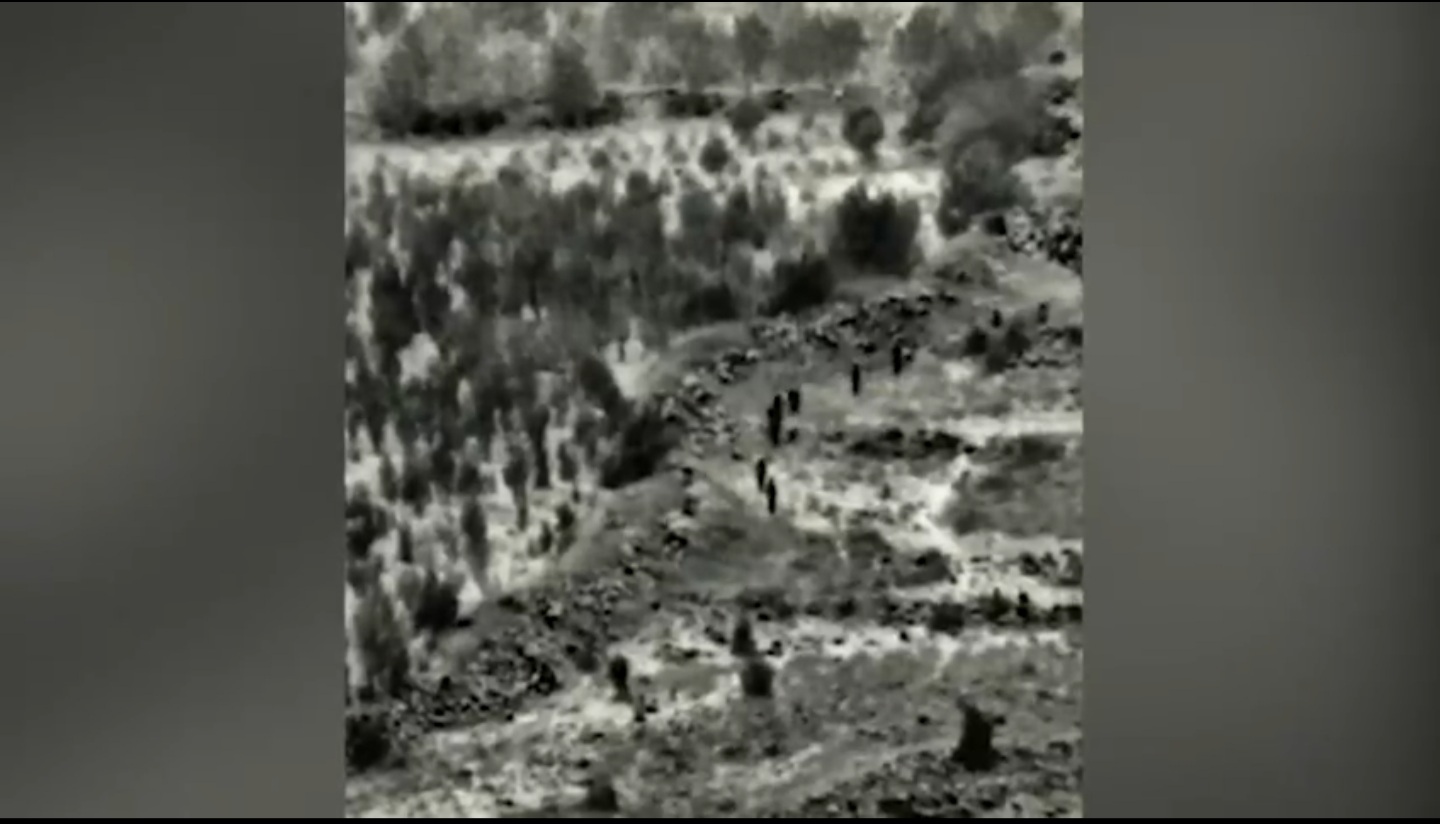
IDF military operations continue in southern Syria against Iranian military entrenchment near the Golan border.
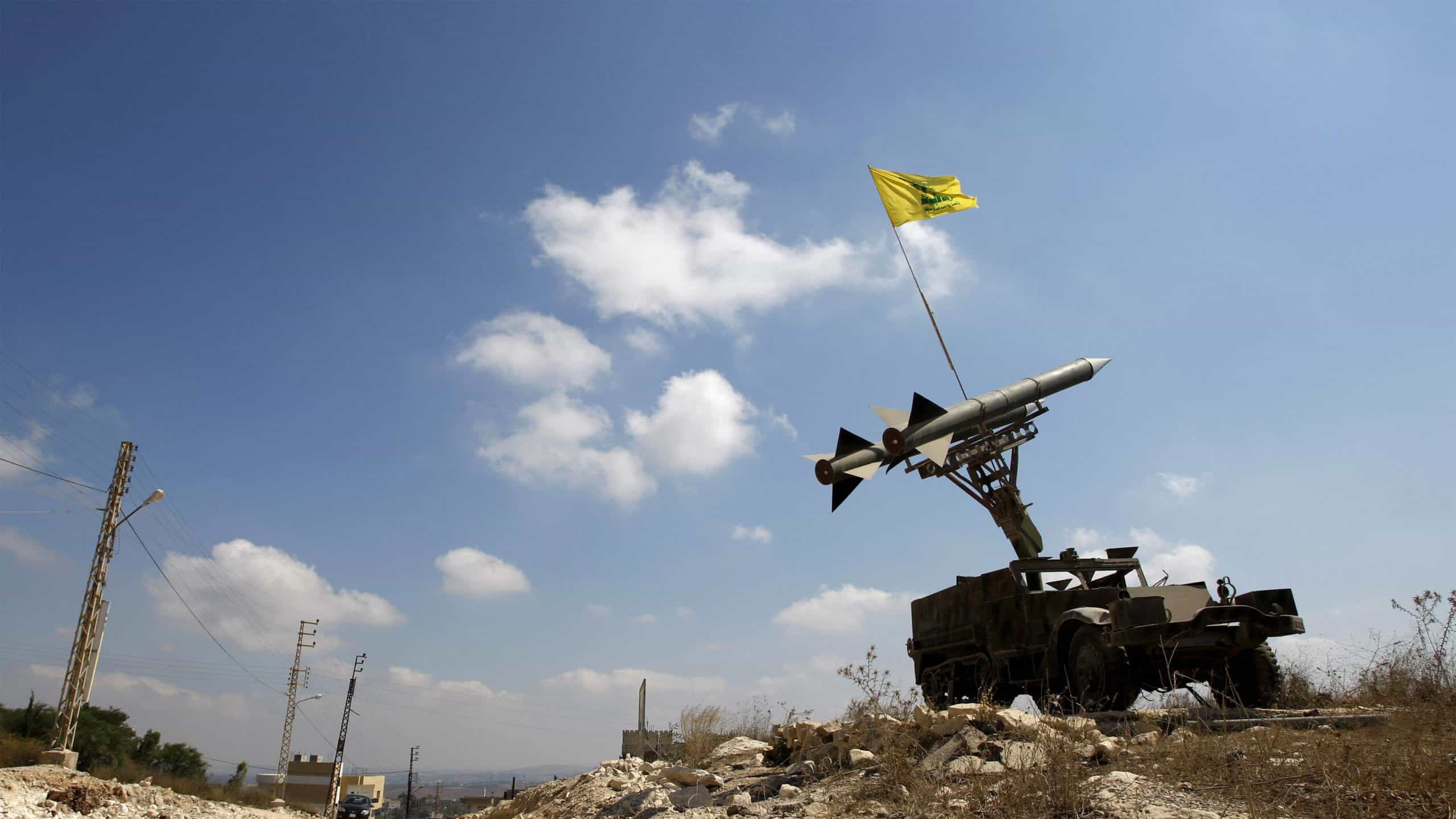
An arms depot explosion and an accusation of operating ‘missile factories’ in Beirut has renewed the focus on the Iran/Hezbollah missile project.
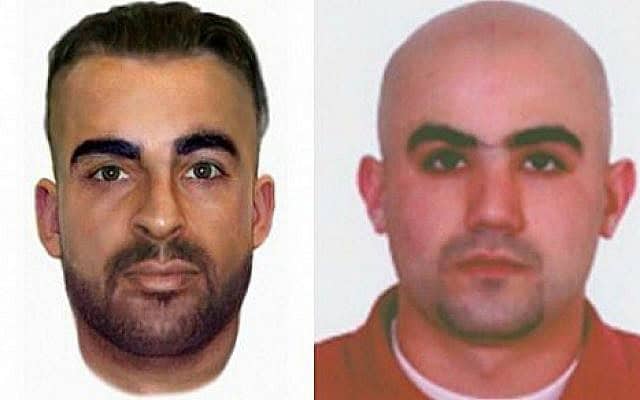
Two dual Lebanese nationals with ties to Hezbollah have been convicted of being involved in the 2012 Burgas bombing that killed six, including five Israelis.

The IRGC-led Afghan Fatemiyoun Division held its first “international conference” in Iran, a heavily publicized event featuring speakers from other IRGC-led paramilitary groups, as well as, for the first time, an appearance – sort of – by the Fatemiyoun’s chief commander.
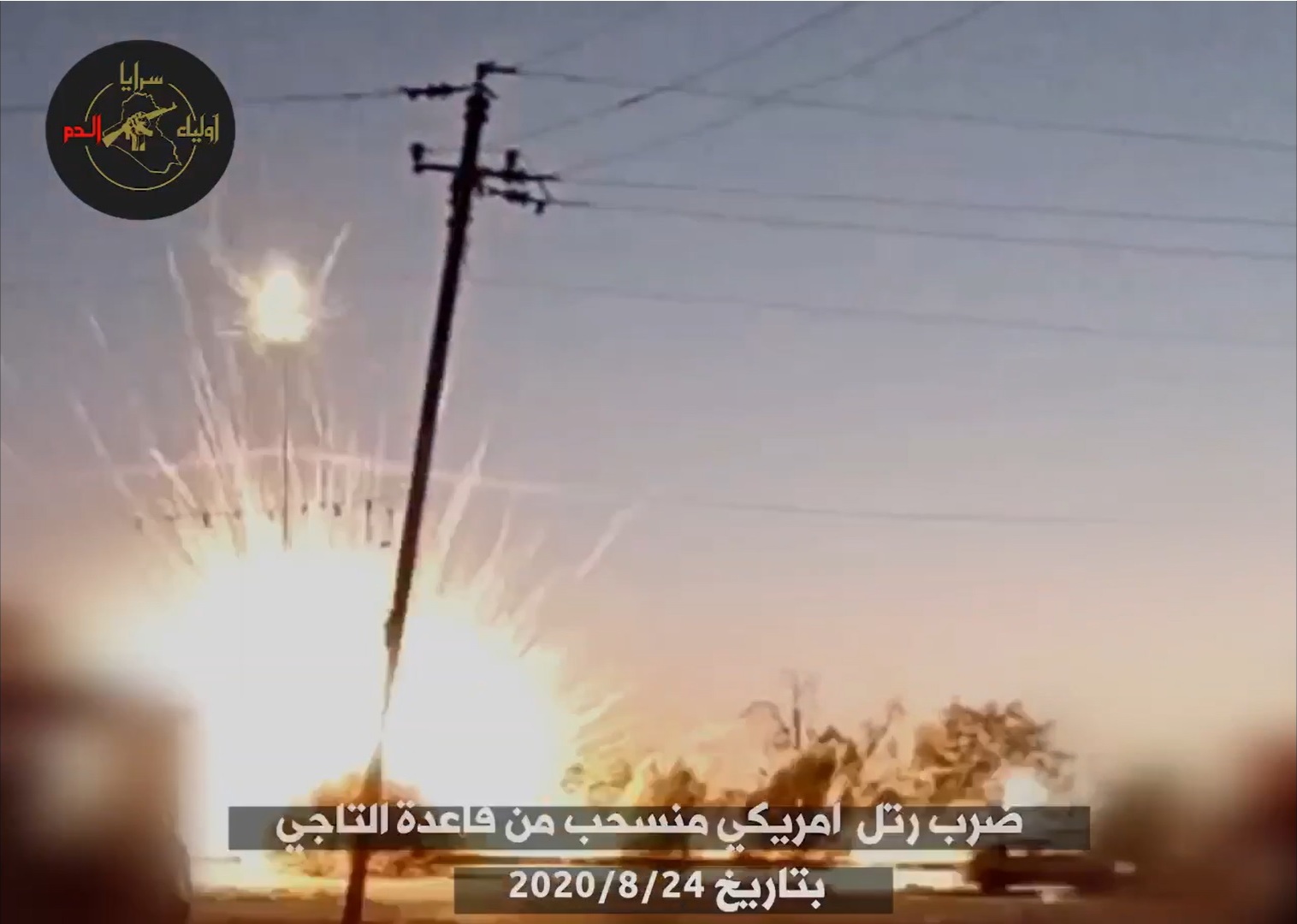
A newly formed and likely front group belonging to the Islamic Resistance in Iraq claims responsibility for recent attacks in the country
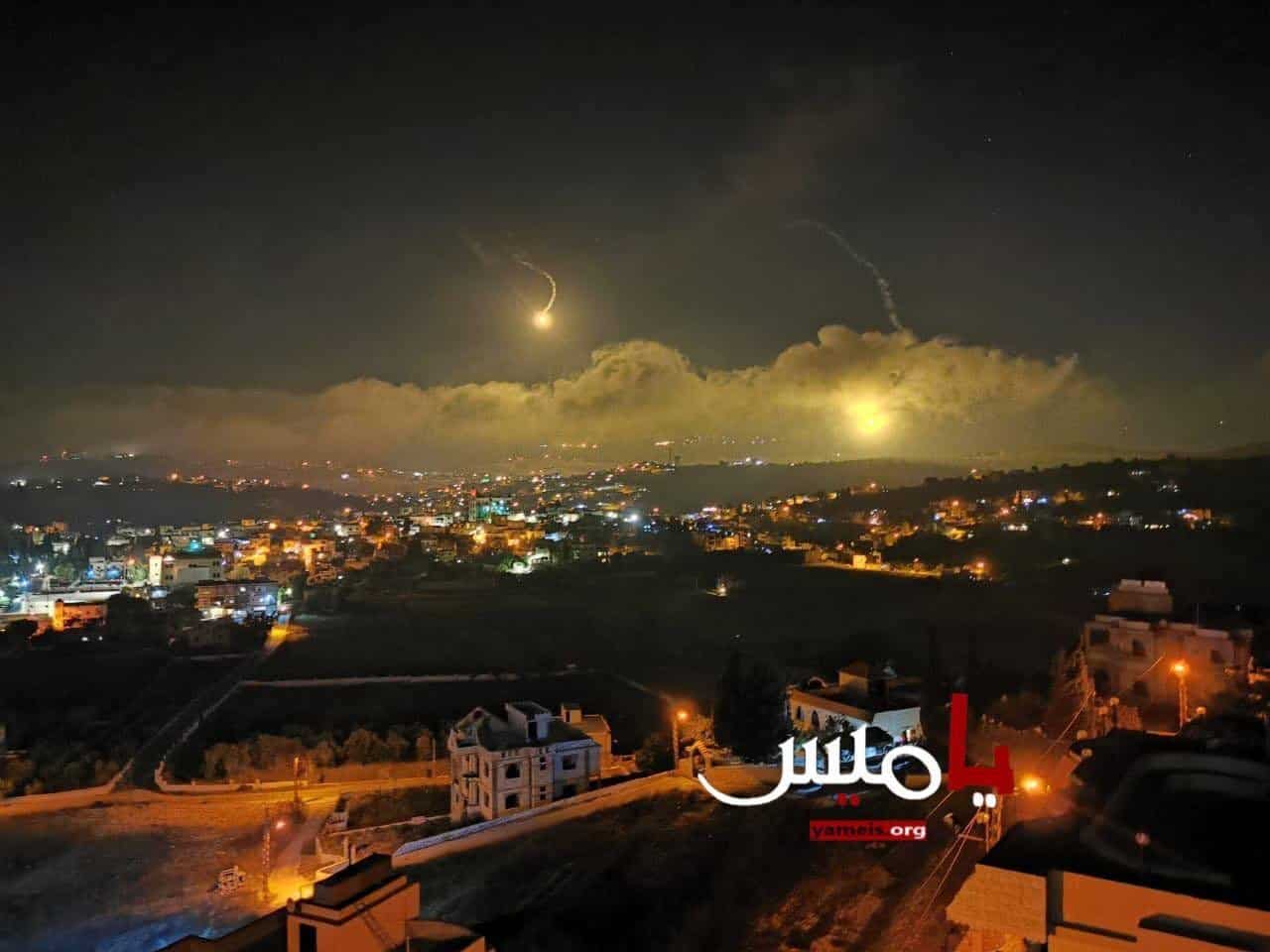
Hezbollah reportedly fires at IDF troops operating near the Lebanon-Israel border prompting a retaliation by the Israeli military.
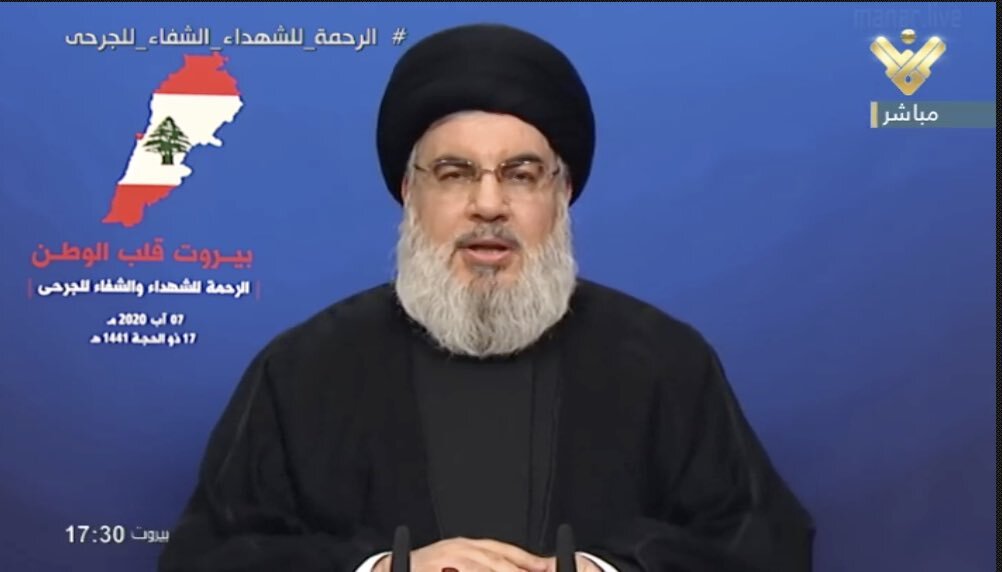
After Beirut explosion, Hezbollah’s Secretary-General Hassan Nasrallah denies the group was responsible for the tragedy.
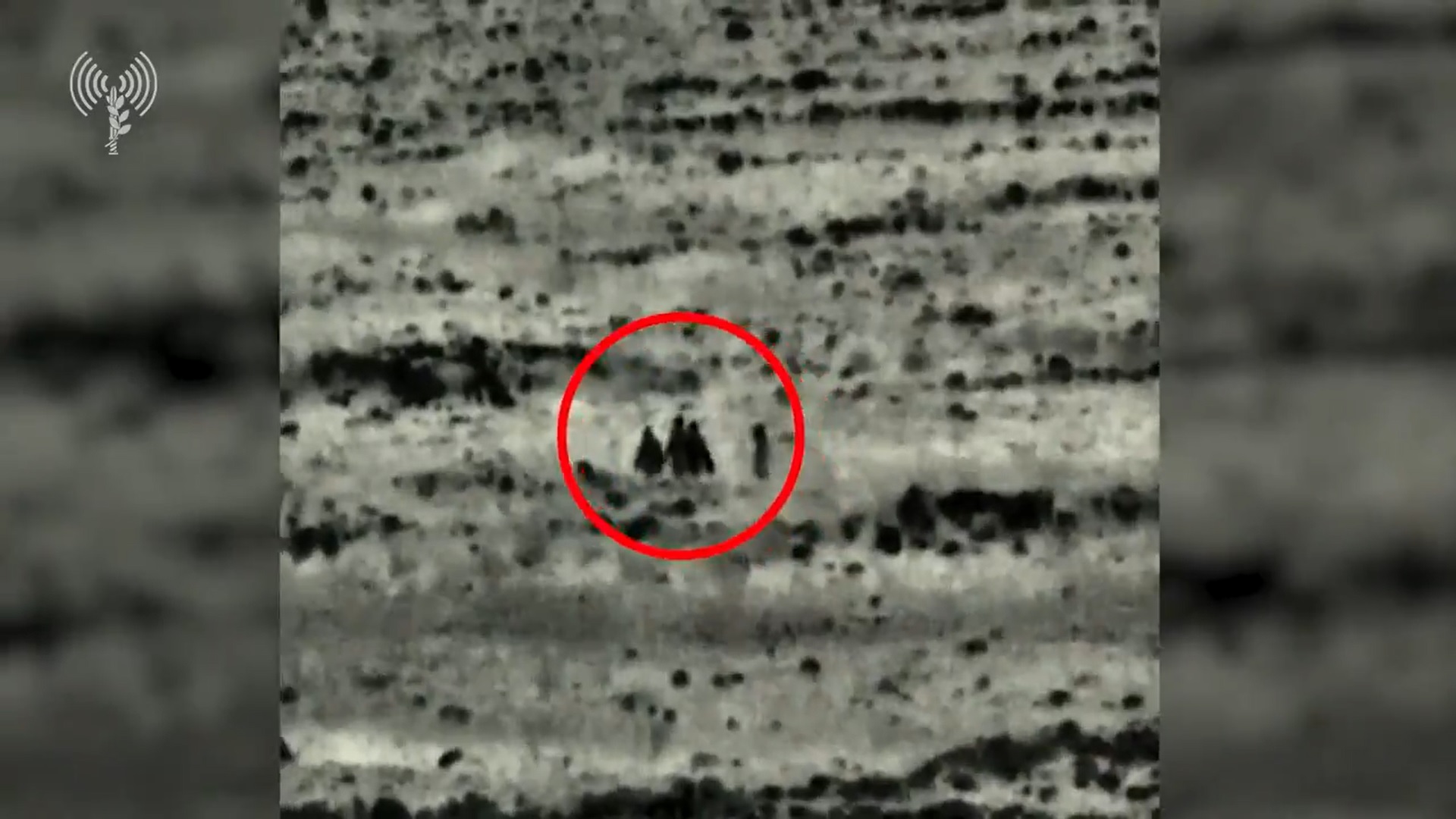
Several militants identified along the Syrian-Golan border Sunday evening were killed as they attempted to plant a bomb at the security fence.
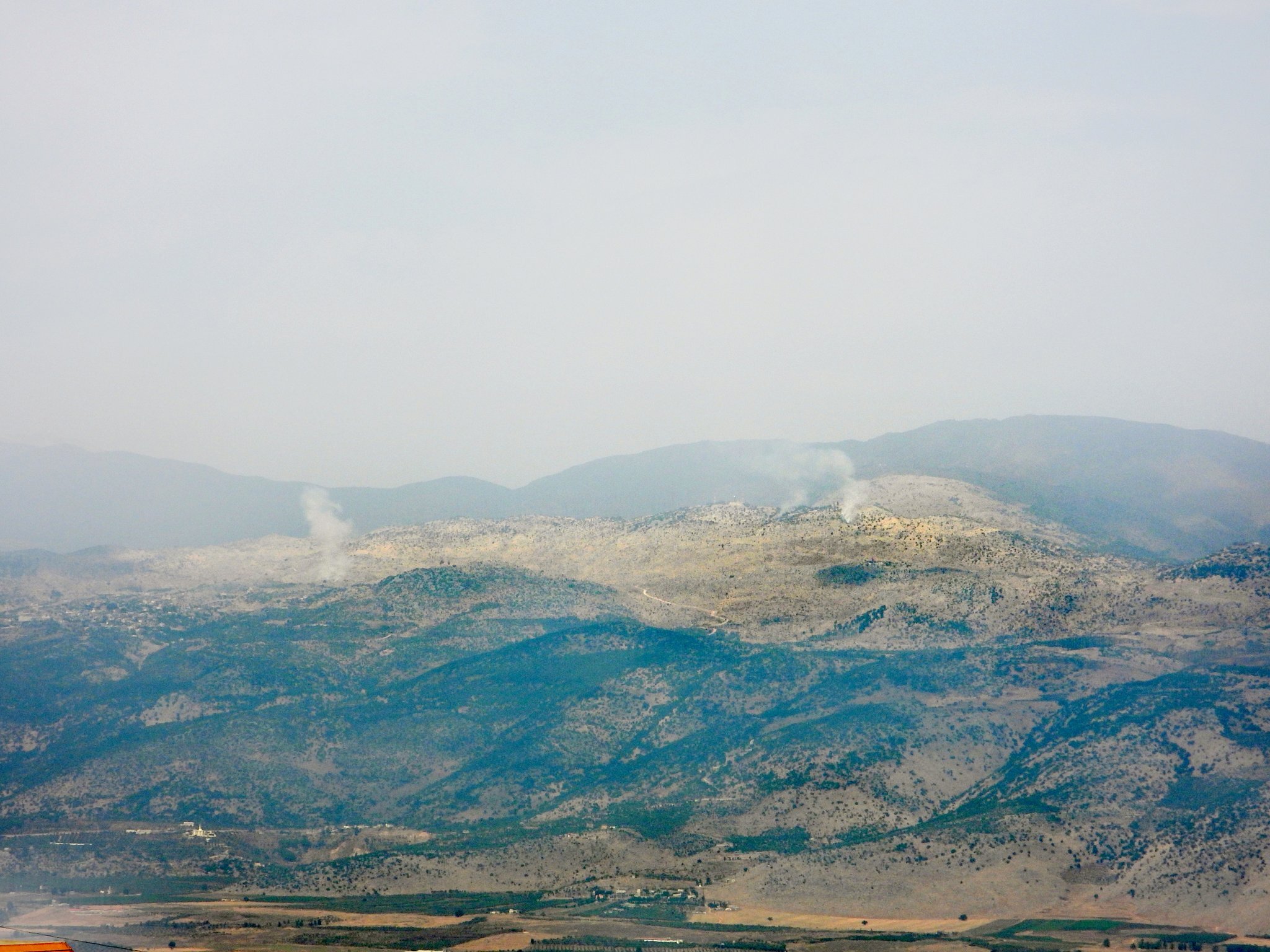
Hezbollah’s retaliation operation reportedly fails after its fighters are discovered infiltrating Israel’s northern border.
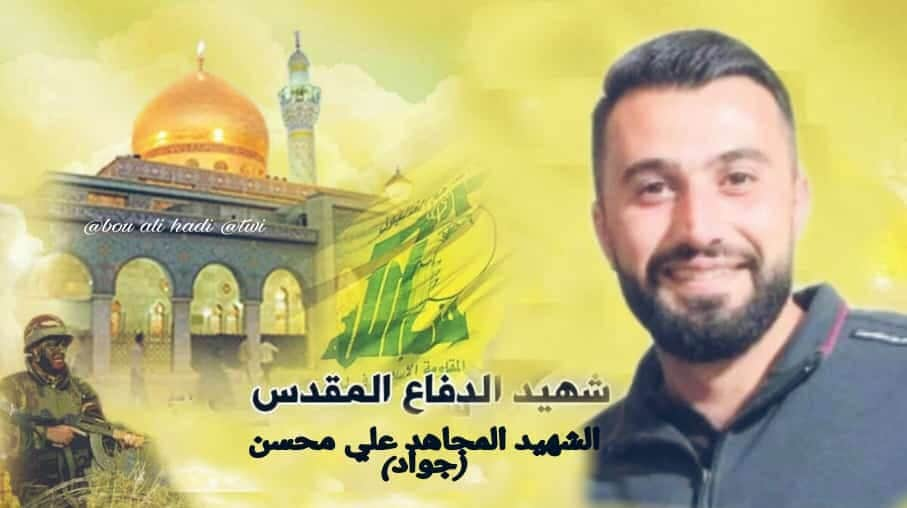
Overnight airstrikes against pro-Iranian sites in Damascus resulted in the confirmed killing of a Lebanese Hezbollah fighter.

Hamas’ politburo chief Ismail Haniyeh appeals to Hezbollah and Ansar Allah for support against Israel’s planned annexation of areas of the West Bank.
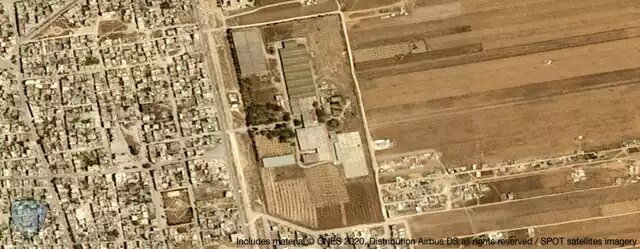
Syrian Arab Army and Iranian-backed militia sites reportedly struck by Israel during the morning hours of June 24.
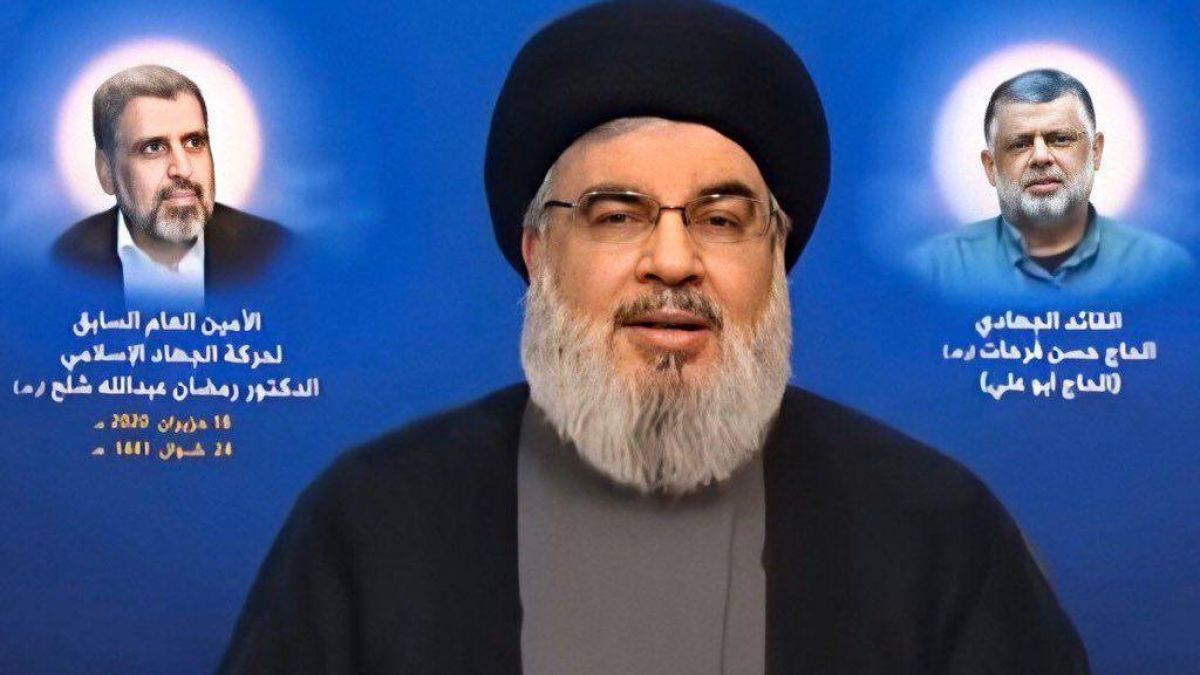
With Hassan Nasrallah’s encouragement, Chinese companies aim to help Lebanon pull out of its economic crises.